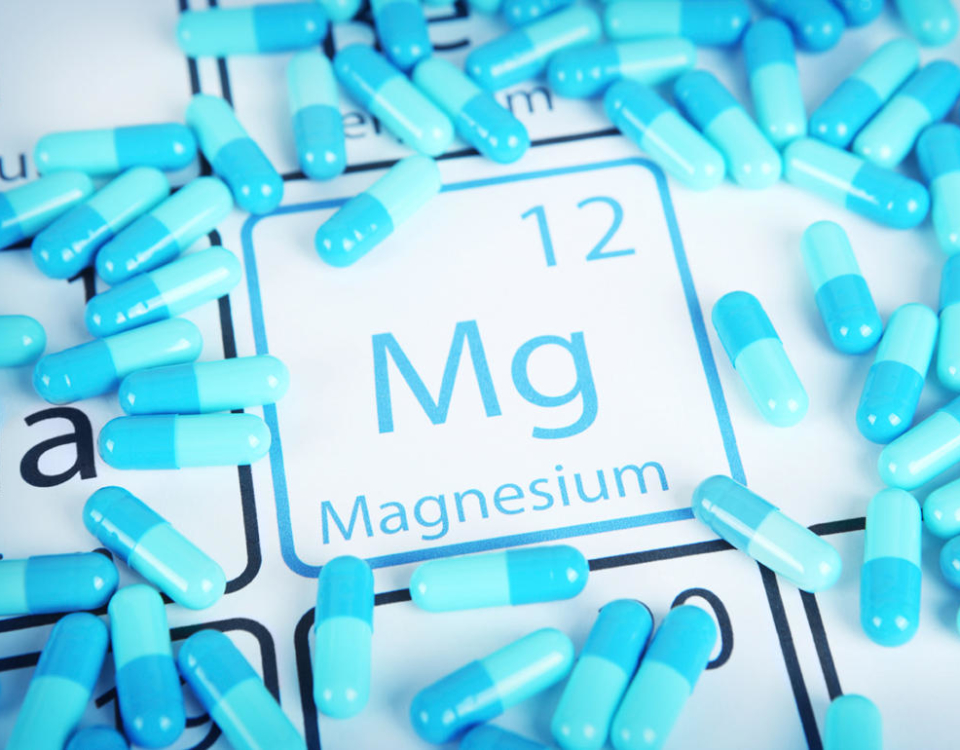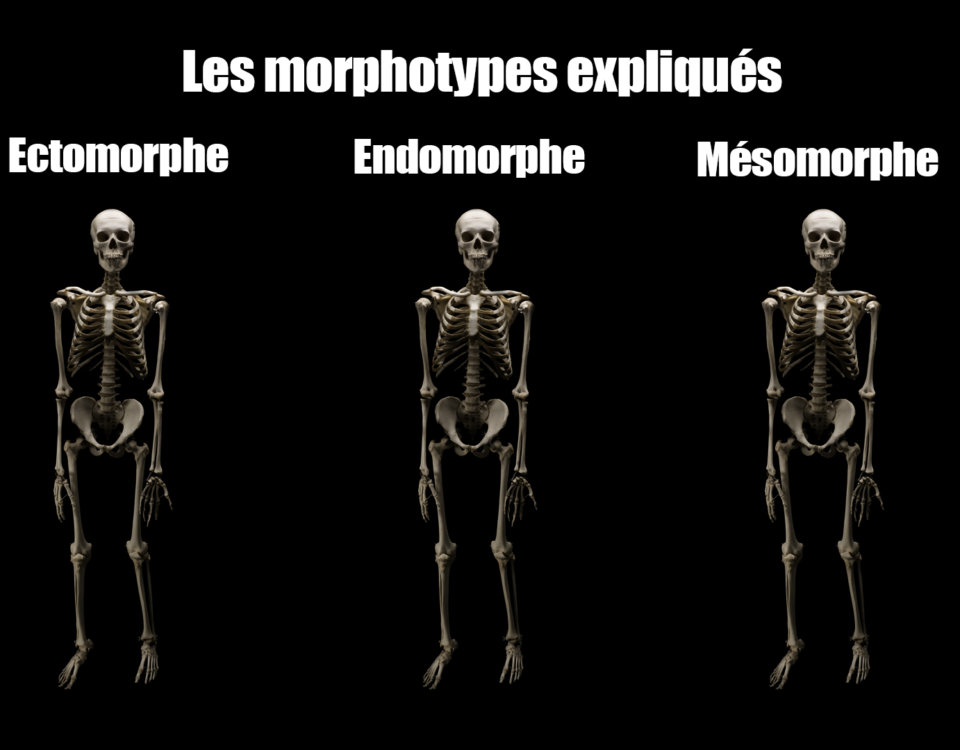
Testosterone in Women
3 August 2016
Before and After: Review of Testosterone Treatment from Austin – Seattle
31 January 2017
What is hCG “Human chorionic gonadotropin”?
Human Chorionic Gonadotropin, known as hCG or even Gonadotropin, is a hormone produced by placenta cells starting on the egg’s tenth day in the uterus during a woman’s pregnancy. It helps progesterone production, among other things. It is a 37.9 kDA glycoprotein composed of 237 amino acids and has two subunits: the alpha subunit, α-hCG composed of 92 amino acids and coded by a single gene on chromosome 6; and the beta subunit: β-hCG composed of 145 amino acids and coded by seven homologous genomic sequences on chromosome 19. The body releases hCG by stimulation of the hypothalamus.
Human Chorionic Gonadotropin (hCG) is commercially available in two forms. In one, it is a powder extracted from the urine of pregnant women, dissolved in sterilized water, and injected into a muscle with a syringe, usually the buttocks. In the other, it is a product manufactured using recombinant technology and pre-packaged in a syringe with a short needle for subcutaneous injection, i.e. under the skin. This is a much more practical product and is especially used by experienced bodybuilders. However it is a little more expensive.
How does hCG act?
One of the hCG “gonadotropin” possible actions is decomposing abdominal fat during a woman’s pregnancy to transform it into energy for the growth of the fetus. This is what suggested that hCG could be used as a palliative for weight loss. Dr. A.T.W. Simeons stated that hCG is a natural hormone in the human body. It’s controlled by the hypothalamus which, among other things, controls fat storage in the human body.
The human body has three types of fat: the first is structural fat. It helps protect all of our organs as a form of cushioning. The second is normal or natural fat, which pads our hands, feet and other body parts. The third is abnormal fat. This is the extra fat that generally accumulates around the stomach, love handles and buttocks. A sedentary lifestyle, consumption of refined and hydrogenated foods, age and genetics contribute to these bad fats stored in the body.
Dr. A.T.W. Simeons noticed that the simple stimulation of the hypothalamus released the hCG hormone. This hormone helps you metabolize fats so that only fat stores are burned and therefore slim down. You can lose an average of a pound up to a kilogram per day over a 45-day diet. You can eat whatever you want want in portions under 500 calories per day, excluding sugars, starches and refined foods. One of the pros of hCG is that you can metabolize and lose fat better than in a normal diet. As a result, your skin stays firm and does not become loose as it would during an ordinary diet.
hCG during a steroid treatment
hCG can mimic the behavior of the luteinizing hormone (LH). LH is known for stimulating the testicles to produce testosterone. More precisely, when the LH hormone receives a signal transmitted by the pituitary gland, the Leydig cells in the testicles are stimulated produce testosterone and its resulting positive effects. LH levels diminish dramatically after steroids are administered. This stops the signal from the pituitary, which subsequently halts testosterone production and causes rapid degeneration of the testicles. Symptoms of testicular degeneration include an apparent reduction of Leydig cell volume, followed by lower levels of testosterone in the testicles (ITT). Nonetheless it is possible to avoid this degradation with a small dose of Gonadotropin.
However it’s easy to see that most steroid users are led to believe that it’s better to only use hCG after Post-Cycle Therapy. But endocrinology researchers have found that a complete and rapid recovery is possible if there is minimal intake of hCG during a therapy cycle.

Some studies have shown that delaying hCG usage until the end of the steroid cycle causes a large increase in estrogen that is disproportionate to testosterone levels. Consequently, this prompts suppressed HPTA (estrogens) and raises the real risk of gynecomastia. This can decrease the chances of a full recovery.
In other words, if someone drastically reduces their capacity to secrete testosterone, they will require more stimulation from LH or hCG to achieve normal levels of production and secretion. This might irrevocably reduce testosterone secretion and cause permanent sterility.
Therefore it is important to take preventative measures to protect testicular sensitivity and avoid degeneration. Additionally, the availability of hCG is no excuse, because it is only recommended to be used during a steroid cycle.
hCG after a therapy treatment
The goal of hCG usage after a treatment is essentially to correct testicular shrinkage or lack of reactivity. The longer the steroid treatment, the greater the risk of major, even irreversible, problems. If there is a lack of reactivity even after LH production (luteinizing hormone), then sufficient testosterone production by the testicles will be severely delayed. This is one of the side effects of taking steroids that can lead to serious consequences. Therefore it is strongly discouraged to let the testicles atrophy or to begin taking hCG after a steroid treatment, and you should respond immediately to any symptom that appears. Also, it is possible that taking hCG after a steroid treatment can prevent the resumption of LH production. It is therefore strongly advised to use it in the middle or even at the end of a treatment, but never after the final injection of steroids.
An average intake period for hCG is approximately 8 to 12 weeks. This requires that the first four weeks are taken starting from the third week of the steroid treatment. The dosage depends on the level of results you want. It can be taken a minimum of 3 times a week at 250 IU, every other day, or even once a day. Correct hCG dosages during a steroid treatment can prevent side effects like testicle shrinkage or even loss of reactivity. It’s all a matter of intake pacing and desired effects.
hCG and fertility
Sterility or infertility is defined as a couple’s inability to have children after a year of unprotected sex. The first function of Human Chorionic Gonadotropin (hCG) is particularly suited for all aspects of treating fertility problems in men and women. For women, hCG helps ovulation. For men, it increases the number of sperm cells and can act as a libido booster. It’s an excellent remedy for sterility.
Often, hCG is used by patients who already receive other fertility medications to trigger ovulation. 40 hours after an hCG injection, the ova are released from their follicles. The intrauterine procedure can take place 36 to 44 hours after the hCG injection, when a single insemination is planned. As success depends on a number of variables, including the age and health of the woman as well as the sperm and the ovum, hCG may become the only fertility solution for a woman.
Male fertility requires a functioning hypothalamus and pituitary gland, which are the hormone production glands in the brain. Infertility may be caused by a number of different variables, whether in the testicles or a malfunction in the hypothalamus or pituitary gland. In many cases the cause remains unidentified even after several tests. Therefore resorting to hCG is essential for many men struggling with sterility.

The different protocols of hCG
There are several protocols for hCG, whether you use it for fertility, weight loss or PCT. However for fertility and weight loss you should consult a doctor and get tested before choosing the best program.
There are also various procedures for taking it before and after a steroid treatment. It’s best to choose the one that works well for you. Here are our recommendations:
1) During the treatment:
It is recommended to take hCG injections before the end of a steroid treatment to avoid testicular atrophy. This is the only effective condition for maintaining testicular reactivity and restoring LH production. As a general rule, it is advisable to take hCG during the last four weeks of a steroid treatment. There’s no need to take exact quantities. 5000 IU per week for 4 weeks has proved to be the right dosage for avoiding testicular problems.
2) After the treatment:
The purpose of hCG above all is to correct mistakes after a steroid treatment: significant testicular shrinkage or lack of reactivity even after LH production has resumed. These symptoms may signal that the testicles are no longer producing a favorable quantity of testosterone, which is a side effect that must be taken care of at all costs. A dosage of 5,000 IU to 10,000 IU per week can help reestablish testosterone production.
3) Between two steroid treatments:
It’s also possible to take hCG between steroid treatments. To do so you must wait to take hCG until at least two weeks after the treatment, during the recovery period, in order to allow natural LH production to resume. It is recommended to do several blood tests during the recovery period, just before the hCG injection to ensure that LH production has restarted. Otherwise, the pituitary gland and hypothalamus might both receive fake signals and subsequently cause a total stop of LH production. For those taking hCG between treatments, 5000 IU over a six-week period is reasonable.

Conclusion
These pharmaceutical properties make hCG suitable for sterility treatments. For men, insufficient spermatogenesis is often due to hypogonadotropic hypogonadism. A combination of FSH or HMG is needed for good results. One of hCG’s other properties is the ability to differentiate Leydig cells and stimulate androgen secretion. While it is banned in sports, hCG remains a model for stimulating testosterone creation in the body. So here is a useful hormone in your quest for performance and a beautiful body: if you’ve had the chance to test it, if you intend to obtain it or if you have questions, don’t hesitate to tell us about it in the comments below:



